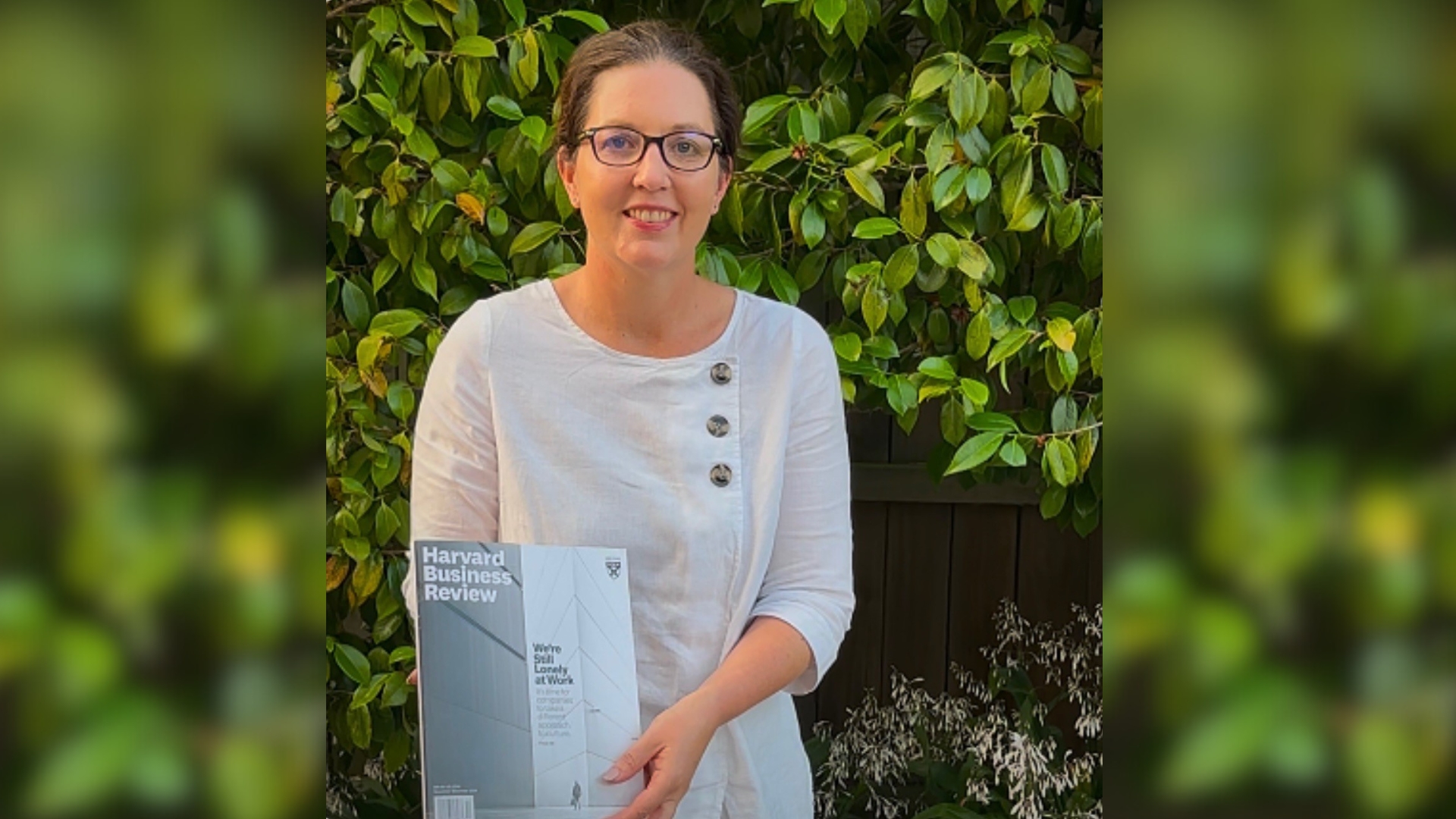As part of a national project, the Christchurch-based study is examining the impact of shared transport options into a lifestyle village and a community housing trust on those communities.
According to the researchers, current transport systems and accessibility are not sustainable due to inequity of accessibility, greenhouse gas emissions and congestion. The study aims to answer the question: if people share vehicles, what impact does that have on them, their mobility and wellbeing?
“When people share vehicles, they may make a slightly better decision, which produces good outcomes for climate emissions. They may decide to walk or take the bus. Or, if they take the car, they may choose to do more on the journey. However, we don’t want those decisions to be at the expense of wellbeing.”
Shared fleets of vehicles are often electric and used more often; meaning they are replaced earlier, tend to be safer and cleaner and result in people not worrying about on-road or maintenance costs – all leading to positive wellbeing, he says.
The people most challenged are those on low incomes and older people, with transport being more an impediment to wellbeing than an aid to it.
“Both communities are quite different in their interaction with transportation. While most of those living in the lifestyle village were fairly affluent and more active, they still felt inadequate transport limited their ability to do all the things they wanted, while cost posed the biggest barrier for those in the community trust,” Professor Kingham says.
The lifestyle village absorbed the costs of the shared fleet. However, the people in the community trust make a conscious decision to pay for each use, and while there were a small number of “enthusiastic” users, use was low.
There were 12 different electric and hybrid vehicles, ranging from small to large to accommodate resident’s needs, introduced into the lifestyle village, while the community housing trust used a combination had two EVs.
“Upfront costs are challenging for the service provider, but for a scheme to work well there has to be shared vehicles close to where people live, plus access to good public transport, then theoretically the best choice can made for every journey. Although it is unlikely to be as simple as this.”
The study, which measures the effect on wellbeing, physical activity, social connection and safety, has been running for over a year producing initial Activation project survey results, with 2.5 years to go.










